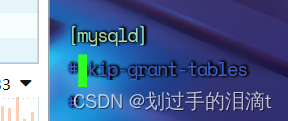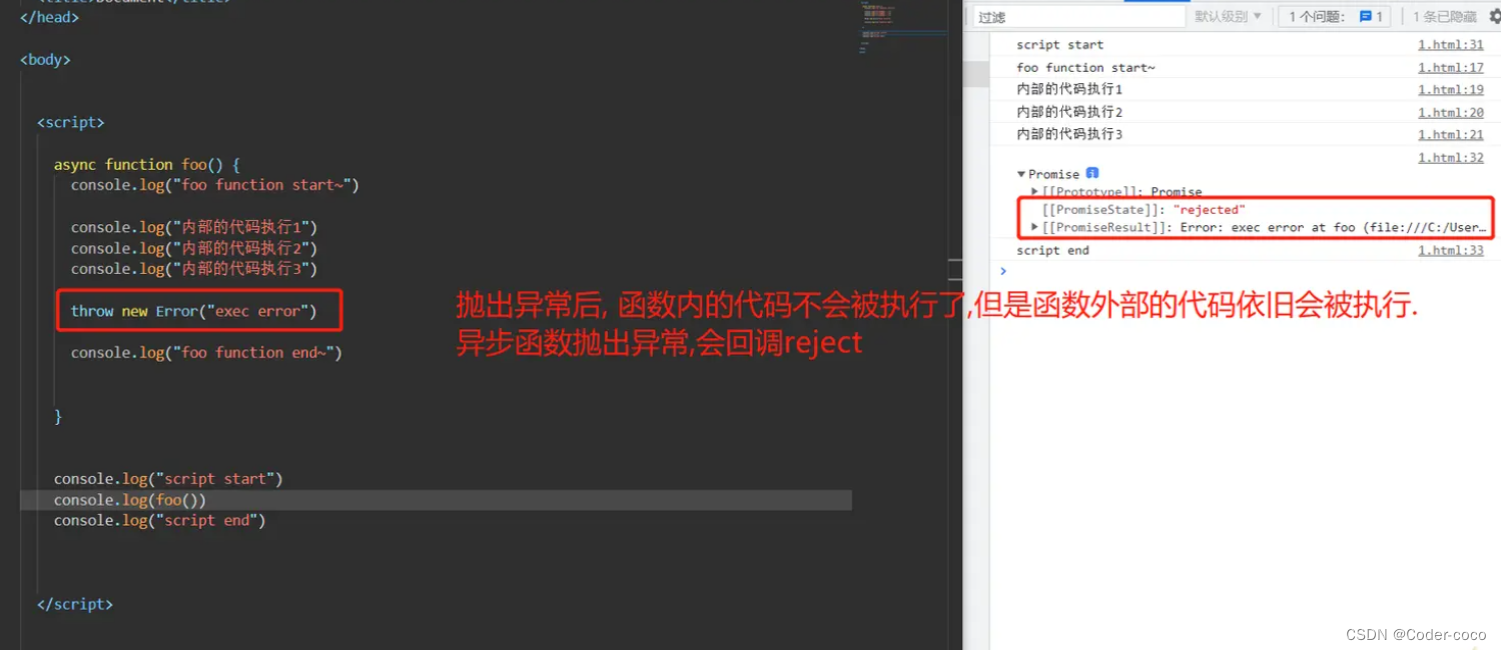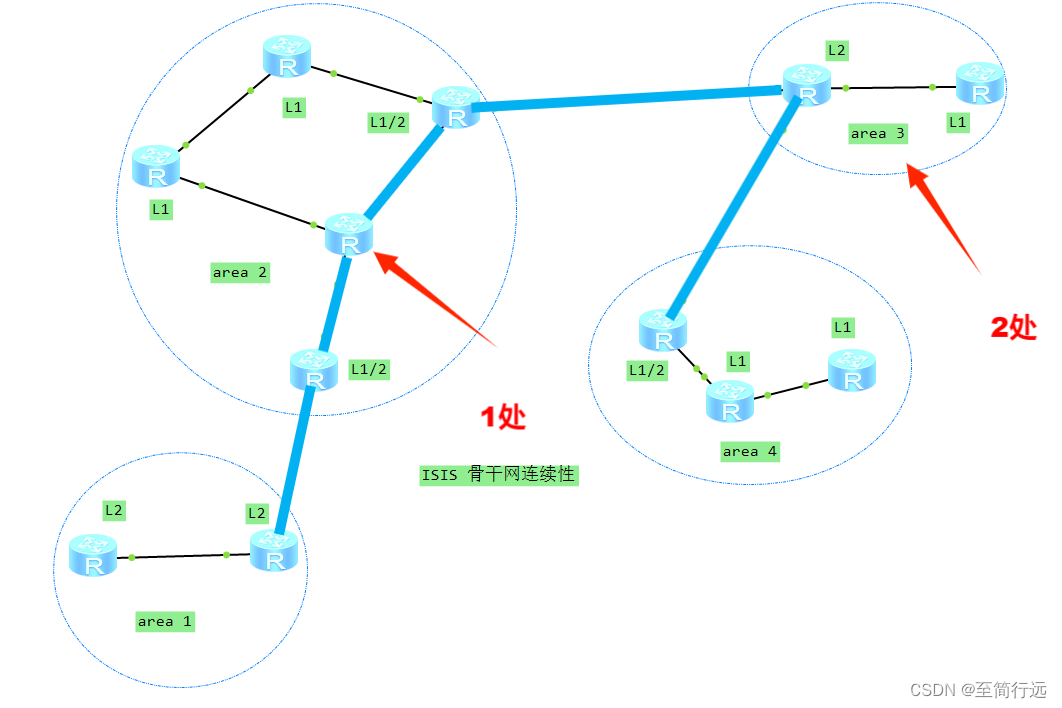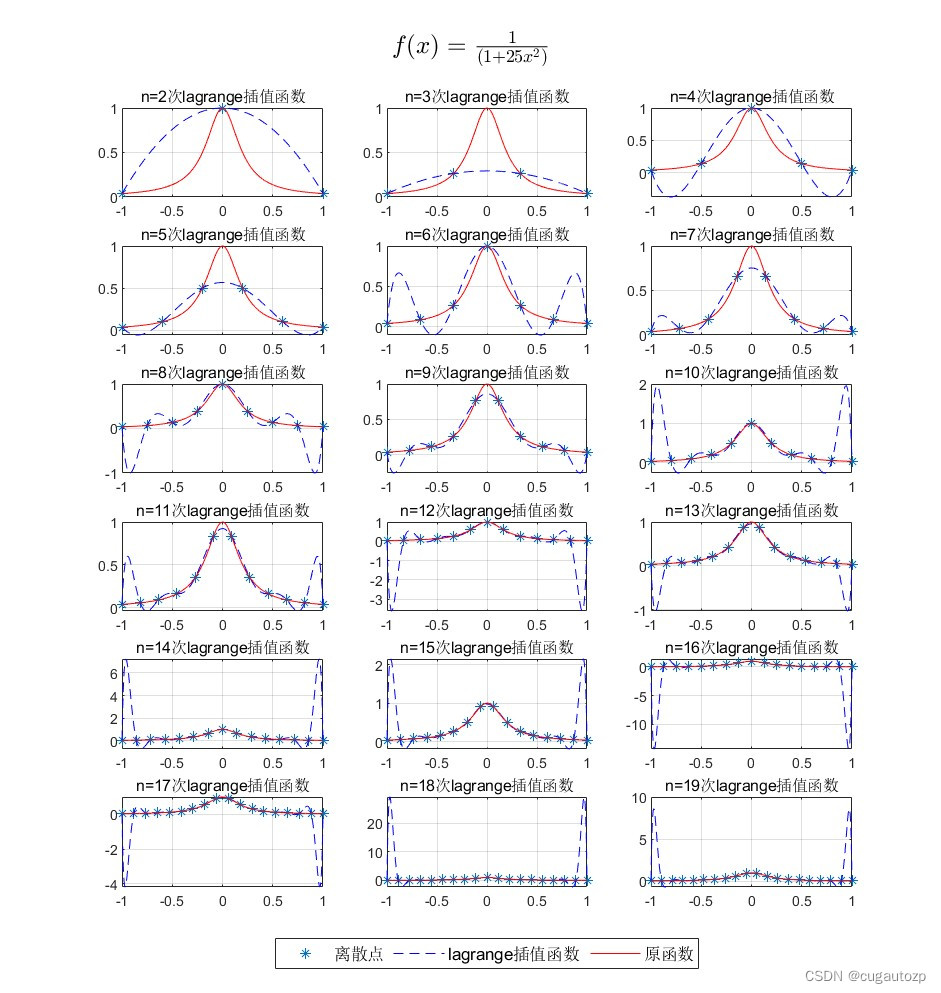目录
一、前言
二、stringstream 是什么 ?
三、stringstream 的用法
✨构造函数
✨输出字符串
✨两种构造函数带来的不同
✨修改、清空 stringstream 内容
四、stringsteam 的用途
✨ 利用 stringstream 去除字符串空格
✨ 利用 stringstream 指定字符分割字符串
✨ 类型转换
五、常考面试题
✨计算字符串中的单词个数:
✨ 反转字符串中的单词 (重点)
六、共勉
一、前言
想必大家在做 LeetCode 算法题的时候会经常看到有使用 stringstream 类 处理字符串,由于自己对这个类不是很了解,查了资料在这里记录一下。
所以本文通过收集资料将其进行总结,主要介绍如何使用 stringstream 处理在算法练习或竞赛中遇到的输入输出问题。
二、stringstream 是什么 ?
stringstream 是 C++ 提供的专门用于处理字符串的 输入输出 流类。
- 这里稍微提一下c++中 “流” 的概念。在C++中,将数据从一个对象到另一个对象的流动抽象为“流”。流在使用前要被创建,使用后要被删除。数据的输入与输出是通过 I/O 流实现的,cin 和 cout 是c++预定义的流类对象。

-
stringstream定义于头文件<sstream>,它其实是个别名,具体定义如下:
typedef basic_stringstream<char> stringstream;
- 类模板
std::basic_stringstream实现基于字符串的流上的输入与输出操作。它等效地存储一个std::basic_string的实例,并在其上进行输入与输出操作。继承图如下:

三、stringstream 的用法
✨构造函数
-
stringstream的构造函数有很多,这里列举最为常用的两个构造函数:
1. 创建一个对象,向对象输入字符串:
// 创建一个 string类 对象 s
string s("hello stringstream");
// 创建一个 stringstraeam类 对象 ss
stringstream ss;
// 向对象输入字符串 : "<<" 表示向一个对象中输入
ss << s;
cout << ss.str() << endl;
2. 在创建对象的时候使用字符串初始化:
// 创建一个 stringstraeam类 对象 ss
stringstream ss("hello stringstream");
cout << ss.str() << endl;
两种方式都可以创建对象,但创建后的对象用法不一样,详见后面的示例。
✨输出字符串
stringstream 可以将存储于内部的字符串输出,需要调用 str() 函数,不可直接输出:
std::cout << ss.str() << std::endl;
// std::cout << ss << std::endl; // 错误不可直接输出
注意:cout << ss << endl; 是错误的,不可以直接输出
✨两种构造函数带来的不同
上面阐述了两种构造函数,利用不同的构造函数创建对象,对象具体的操作也不同:
1. 第一种构造方式
#include <iostream>
#include <sstream>
using namespace std;
int main()
{
stringstream ss1;
ss1 << "fre";
ss1 << "gre";
cout << ss1.str() << endl;
return 0;
}
/*
输出:
fregre
*/
可以发现,两个字符串直接拼接在了一起
2. 第二种构造方式
#include <iostream>
#include <sstream>
using namespace std;
int main()
{
string str("asd");
// 第二种构造
stringstream ss2(str);
cout << ss2.str() << endl;
// 第一种构造
ss2 << "r";
cout << ss2.str() << endl;
ss2 << "13";
cout << ss2.str() << endl;
ss2 << "hy";
cout << ss2.str() << endl;
return 0;
}
/*
输出:
asd
rsd
r13
r13hy
*/
可以发现,利用第一种构造函数创建对象时,输入字符串后直接进行字符串拼接,而第二种构造方式,在进行字符串拼接时,首先把原本的字符串覆盖掉,之后再进行拼接。
如果不想原来的字符串被覆盖,则需要换一种构造方式,如下:
#include <iostream>
#include <sstream>
using namespace std;
int main()
{
ostringstream ss("1 2 3 4 ", std::ios_base::ate); // append 方式追加
cout << ss.str() << endl;
ss << "5 3 4";
cout << ss.str() << endl;
return 0;
}
/*
输出:
1 2 3 4
1 2 3 4 5 3 4
*/
✨修改、清空 stringstream 内容
stringstream的内容可以通过str()函数进行修改、清空:
#include <iostream>
#include <sstream>
using namespace std;
int main()
{
stringstream ss("hello string");
cout << ss.str() << endl;
// 修改内容
ss.str("hello stringstream");
cout << ss.str() << endl;
// 清空内容
ss.str("");
cout << ss.str() << endl;
return 0;
}
/*
输出:
fghewoo
123456
*/

四、stringsteam 的用途
✨ 利用 stringstream 去除字符串空格
stringstream默认是以空格来分割字符串的,利用stringstream去除字符串空格非常方便:
#include <iostream>
#include <sstream>
using namespace std;
int main()
{
stringstream ss("hello string and stringstream");
cout << ss.str() << endl;
cout<< endl;
string str;
// 注意: stringstream 是一个单词一个单词 ”流入“ string 的
while (ss >> str)
{
cout << str << endl;
}
return 0;
}
/*
输出:
hello string and stringstream
hello
string
and
stringstream
*/

✨ 利用 stringstream 指定字符分割字符串
上面描述了利用
stringstream去除字符串空格,其实就是利用空格来分割字符串,同样,也可以指定其他字符对字符串进行分割,这需要与getline()函数搭配使用,下面以逗号分割字符串为例:getline 详解:
getline()的原型是istream& getline ( istream &is , string &str , char delim );
- 其中 istream &is 表示一个输入流,
- 例如,可使用cin;
- string str ; getline(cin ,str)
- 也可以使用 stringstream
- stringstream ss(“test#”) ; getline(ss,str)
- char delim表示遇到这个字符停止读入,通常系统默认该字符为’\n’,也可以自定义字符
#include <iostream>
#include <sstream>
using namespace std;
int main()
{
string source = "abc,123,<!>";
stringstream ss(source);
cout << ss.str() << endl;
cout<< endl;
string str;
while (getline(ss, str, ','))
{
cout << str << endl;
}
return 0;
}
/*
输出:
abc,123,<!>
abc
123
<!>
*/

上述代码以逗号作为分割依据来分割字符串,同样的还可以扩展到其他字符。
✨ 类型转换
使用
stringstream进行类型转换
- 以下是一个使用
stringstream将数字转换为字符串的例子:
#include <sstream>
#include <iostream>
#include <string>
int main() {
int num = 123;
std::stringstream ss;
ss << num; // 将整数放入流中
std::string str = ss.str(); // 使用str()函数 从流中提取字符串
std::cout << str << std::endl; // 输出:123
}- 反过来,也可以将字符串转换为数值类型:
#include <sstream>
#include <iostream>
#include <string>
int main() {
std::string str = "456";
std::stringstream ss(str); // 初始化stringstream
int num;
ss >> num; // 从流中提取整数
std::cout << num << std::endl; // 输出:456
}五、常考面试题
✨计算字符串中的单词个数:
输入:“hello world c plus plus”
输出:5
#include <iostream>
#include <sstream>
#include <string>
using namespace std;
int main() {
string str = "hello world c plus plus";
int count = 0;
stringstream ss(str);
string word;
while (ss >> word)
count++;
cout << count << endl;
system("pause");
return 0;
}
✨ 反转字符串中的单词 (重点)
链接:151. 反转字符串中的单词

class Solution {
public:
string reverseWords(string s)
{
string res,temp;
stringstream ss(s);
while(ss>>temp)
{
res = temp + " " + res;
}
if(!res.empty())
{
res.pop_back();
}
return res;
}
};六、共勉
以下就是我对 stringstream类 的理解,如果有不懂和发现问题的小伙伴,请在评论区说出来哦,同时我还会继续更新对C++ vector 类的理解,请持续关注我哦!!! 




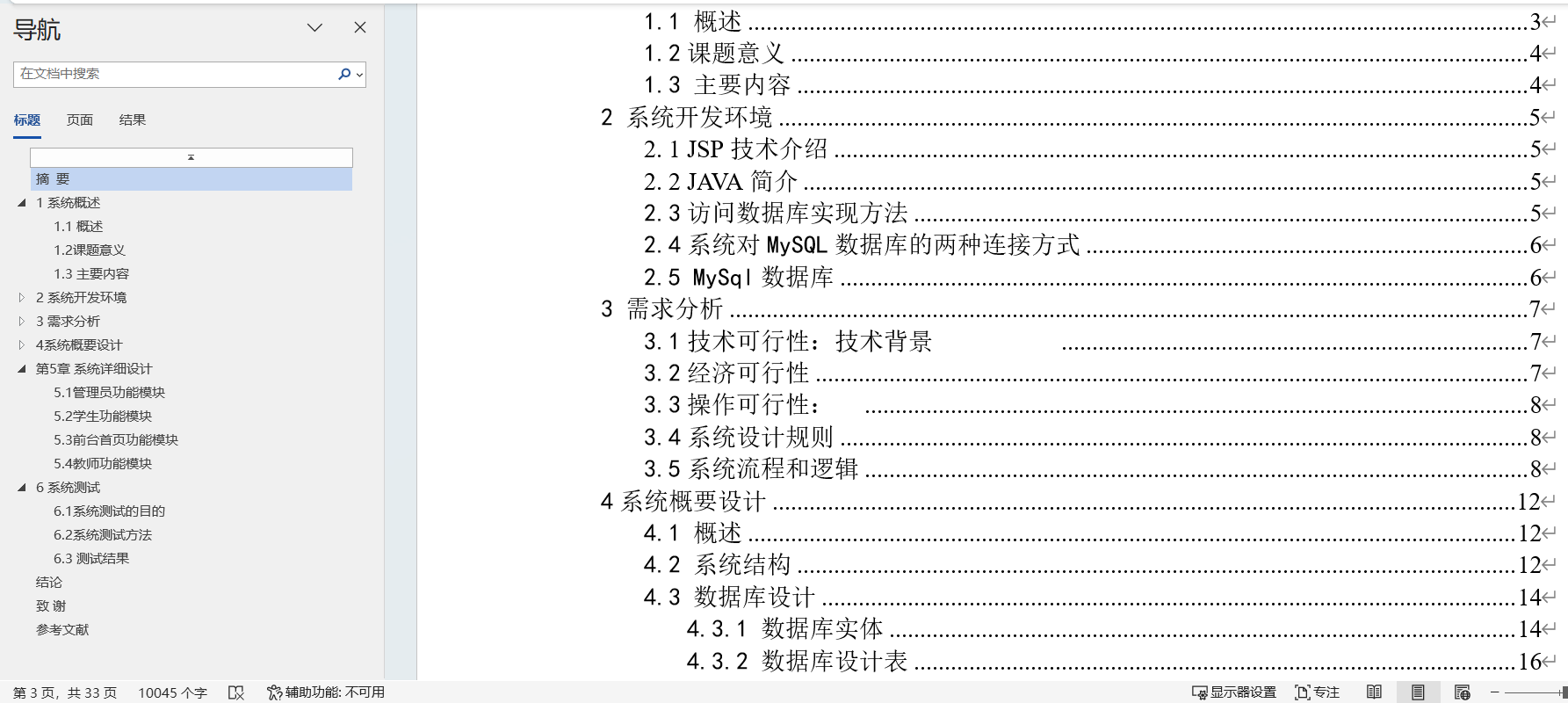


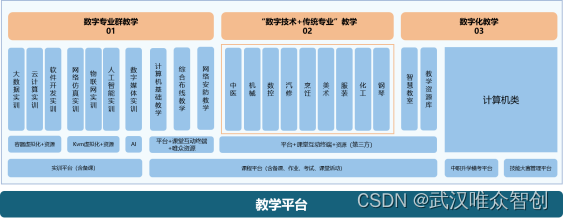

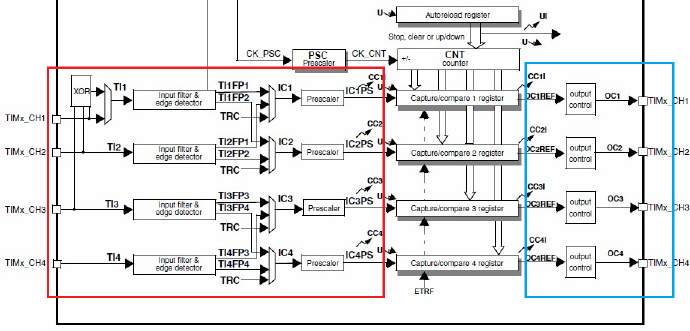
![个人信息-求职[web前端]](https://img-blog.csdnimg.cn/direct/e5c3dd786b024c75be00e64ad88b55a0.png)



